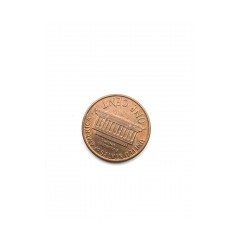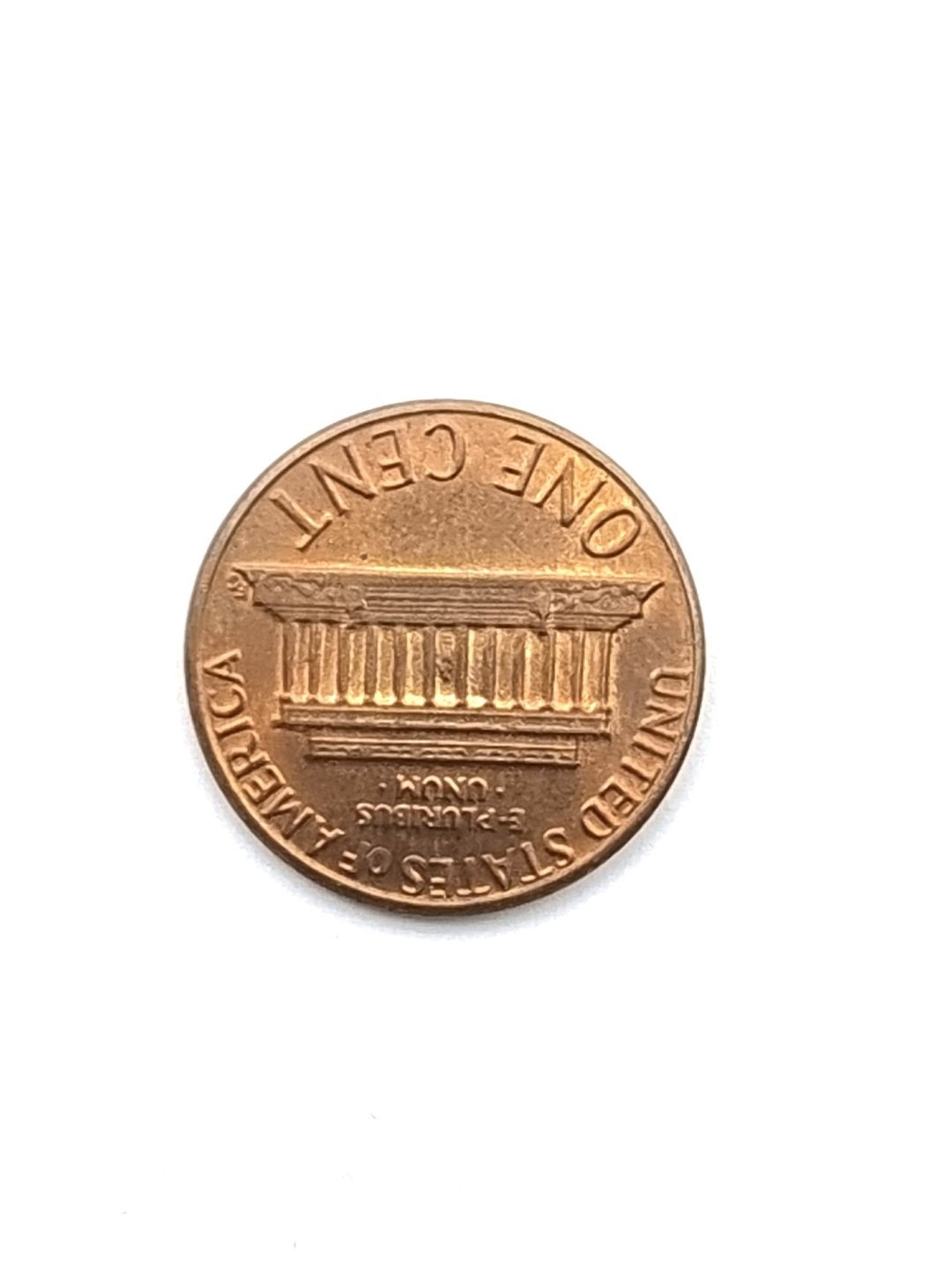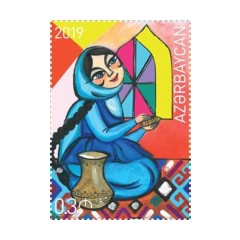Nowruz (Persian: نوروز, pronounced [nowˈɾuːz]; lit. "new day") is the Iranian New Year also known as the Persian New Year, which is celebrated worldwide by various ethno-linguistic groups.
Despite its Iranian and Zoroastrian origins, Nowruz has been celebrated by diverse communities. It has been celebrated for over 3,000 years in Western Asia, Central Asia, the Caucasus, the Black Sea Basin, the Balkans, and South Asia.It is a secular holiday for most celebrants that is enjoyed by people of several different faiths, but remains a holy day for Zoroastrians, Bahais, and some Muslim communities.
Nowruz is the day of the vernal equinox, and marks the beginning of spring in the Northern Hemisphere. It marks the first day of the first month (Farvardin) of the Iranian calendar. It usually occurs on March 21 or the previous or following day, depending on where it is observed. The moment the Sun crosses the celestial equator and equalizes night and day is calculated exactly every year, and families gather together to observe the rituals.
While Nowruz has been celebrated since the reform of the Iranian Calendar in the 11th Century CE to mark the new year, the United Nations officially recognized the "International Day of Nowruz" with the adoption of UN resolution 64/253 in 2010.





